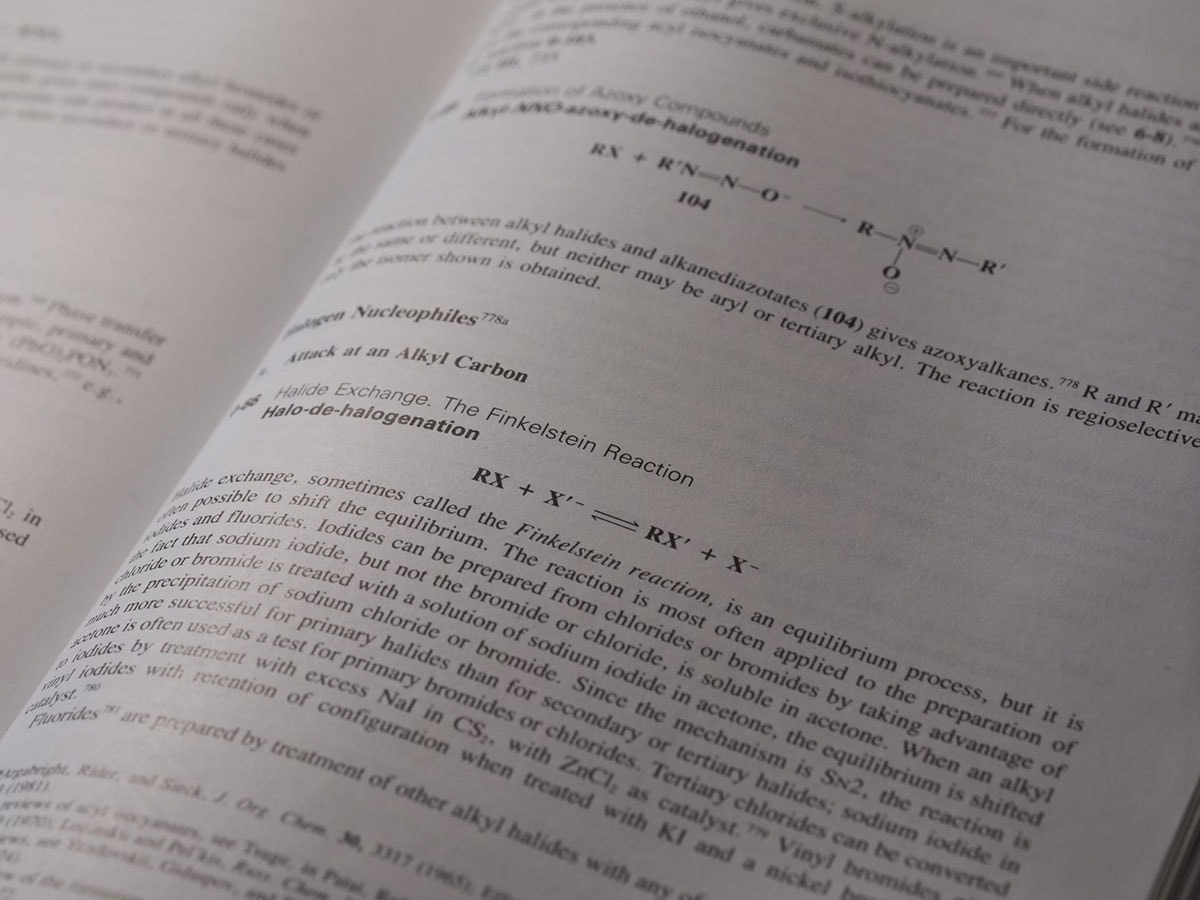Dr. Hans Finkelstein
The Chemist
Hans Finkelstein was born into a family of chemists in 1885. After finishing high school, he studied chemistry in Leipzig and Dresden. From 1906 to 1909, he worked on his doctoral thesis in Strasbourg under the supervision of Friedrich Karl Johannes Thiele, a German chemist and university lecturer. Thereafter, Hans Finkelstein worked as Professor Thiele’s assistant. While researching his doctoral thesis, he developed the “Finkelstein reaction”, which is recognized to this day and has been cited thousands of times.

Dr. Hans Finkelstein as a child. © Finkelstein Family
The Finkelstein Reaction
The Finkelstein reaction was first described by Dr. Hans Finkelstein in an article in 1910. In the classical reaction, chlorine or bromine is exchanged for iodine on hydrocarbons. It is an efficient method for synthesizing iodine compounds that are not directly accessible due to the low reactivity of iodine. Iodinated organic compounds are used as contrast agents in radiological examinations, for example, and play a role as building blocks in the synthesis of chemical molecules. The reaction was decisively developed after Hans Finkelstein's death, a fact that only underlines its importance. It became an essential tool in preparative organic chemistry and is still an integral part of organic chemistry curriculums in schools and universities. It is used in the chemical industry, including at Bayer AG, and in the fields of pharmaceuticals, agriculture (fungicides and insecticides), dyes and liquid crystals.
I.G. Farben Uerdingen
After his academic career, Finkelstein joined the research department at “Chemische Fabriken, vorm. Weiler-ter Meer” in Uerdingen as a young scientist in 1911. Like “Farbenfabriken vorm. Friedr. Bayer & Co.”, with its sites in Leverkusen, Elberfeld and Dormagen, this company became part of the newly founded I.G. Farbenindustrie AG in 1925. After joining the company, Finkelstein was put in charge of the scientific laboratory and became an authorized signatory with full power of attorney.
Discrimination and Ousting
Hans Finkelstein came from a liberal Jewish family and had converted to Protestantism at the age of ten. Despite this, he was forced to leave the company in 1938 and had to surrender his passport. Embittered and thoroughly disillusioned, he took his own life on December 30, 1938 by poisoning himself. He and his wife Annemarie had three children – Eva (*1919), Klaus-Peter (*1913), and Berthold (*1925).

The house of the Finkelstein family in Uerdingen today. © Rüdiger Borstel


